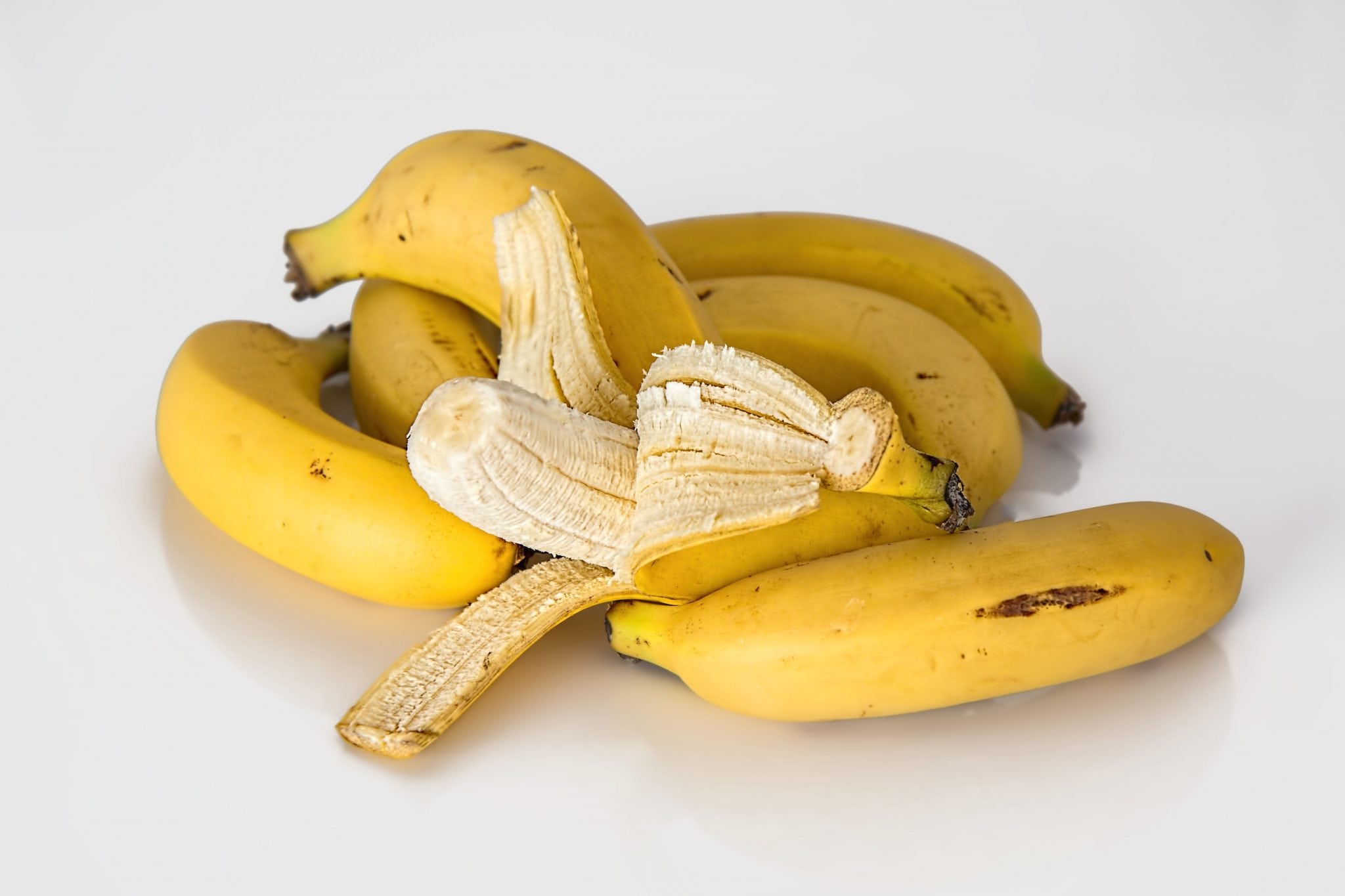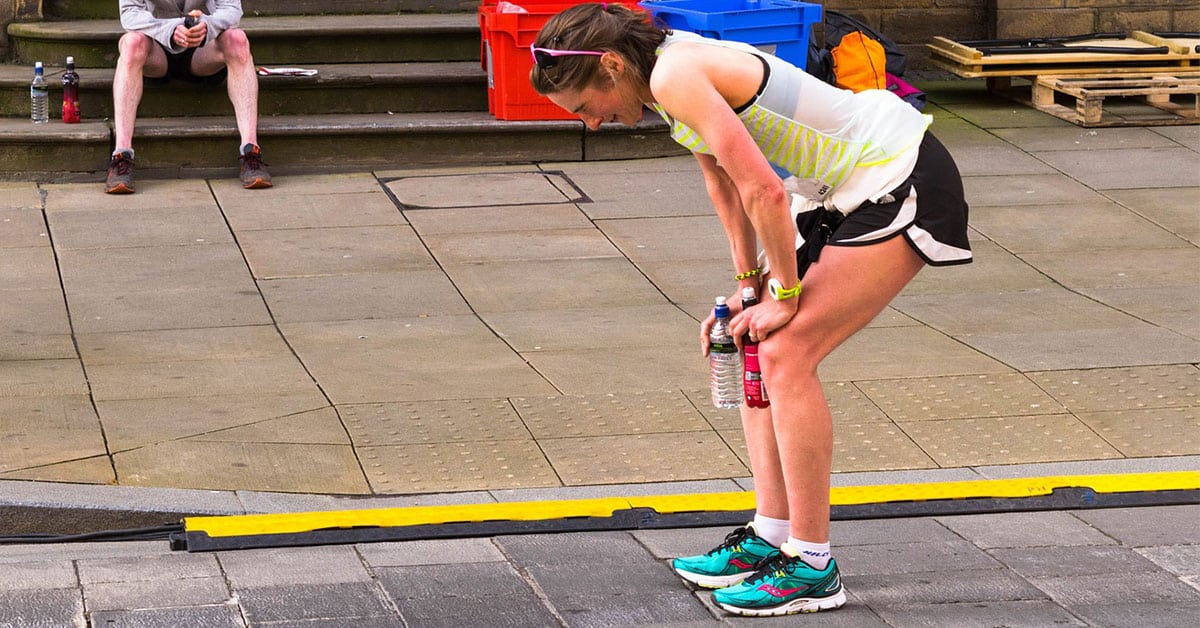Written by: Shannon Polk, Kudos Team Contributor
BEFORE THE RUN
Skin Protection
For any run—no matter the distance—you should prepare your skin for the conditions. If you expect to get wet—either from the rain or your own sweat—we recommend applying lubrication such as petroleum jelly or patches/bandaids to areas of your body that are prone to chafing. It’s also important to protect your skin from the sun, whether the sky is clear or overcast. We recommend using a waterproof SPF 50 sunscreen lotion and a breathable running hat or visor.
Fluids and Fuel: Phase 1
It’s critical to be both properly hydrated before your run and take in an appropriate amount of calories based on your preferences. I’m not a fan of eating much before a long run, but I have found that my energy level improves if I eat something like a banana or whole wheat toast. Just make sure you give your body enough time to digest any food before you start your run.

DURING THE RUN
The Right Footwear
Your running shoes will make or break your marathon training. To stay healthy, get advice from an expert at a running specialty store. If you already have a favorite pair of long-distance running shoes, make sure you pay attention to the wear of the shoe and how many miles you’re putting on them. You don’t want to keep running in shoes that are past their expiration. In addition to your shoes, make sure you have the right socks—they should wick away moisture and fit snugly around your feet.
Comfortable, Breathable Apparel
For warm-weather conditions, your running clothes should be light in color, lightweight and made of breathable materials like technical fabrics or merino wool. In colder conditions, your apparel should be warm but breathable so that your sweat isn’t trapped underneath your clothing. But most importantly, run in what makes you feel most comfortable. If you’re out on a 20-mile run, you don’t want to be constantly adjusting sagging shorts or feeling restricted in a shirt that’s too tight.
Fluids and Fuel: Phase 2
You MUST hydrate and give your body nutrients during longer runs. It will not only keep you energized but will help prevent injuries and improve recovery. Consider using a hydration belt or handheld water bottle such as a Salomon soft flask. If you prefer not to carry your water, make sure there are adequate water stations along your route. In addition to water, consider incorporating an energy gel like GU, chews and/or drink mixes into your training to keep up your strength.

AFTER THE RUN
Stretches, Compression and Massages
Stretching after every run will not only increase your flexibility but minimize muscle soreness and reduce the risk of injury, too. Additionally, compression socks are great for increasing circulation in your legs and improving muscle recovery. Brands like CEP offer a variety of compression socks and calf sleeves to fit your style and comfort level. To really loosen your muscles, consider self-massaging with a foam roller or massage stick. These are great for massaging away knots and relieving muscle tension.
Fluids and Fuel: Phase 3
Are you seeing a theme here? You should always be thinking about your hydration and nutrition while training for a marathon. After a long run, you’ll want to keep taking in fluids and replenish your body with protein and carbohydrates. Things like oatmeal, Greek yogurt, almonds and vegetables will provide your body with the nutrition it needs to recover.
